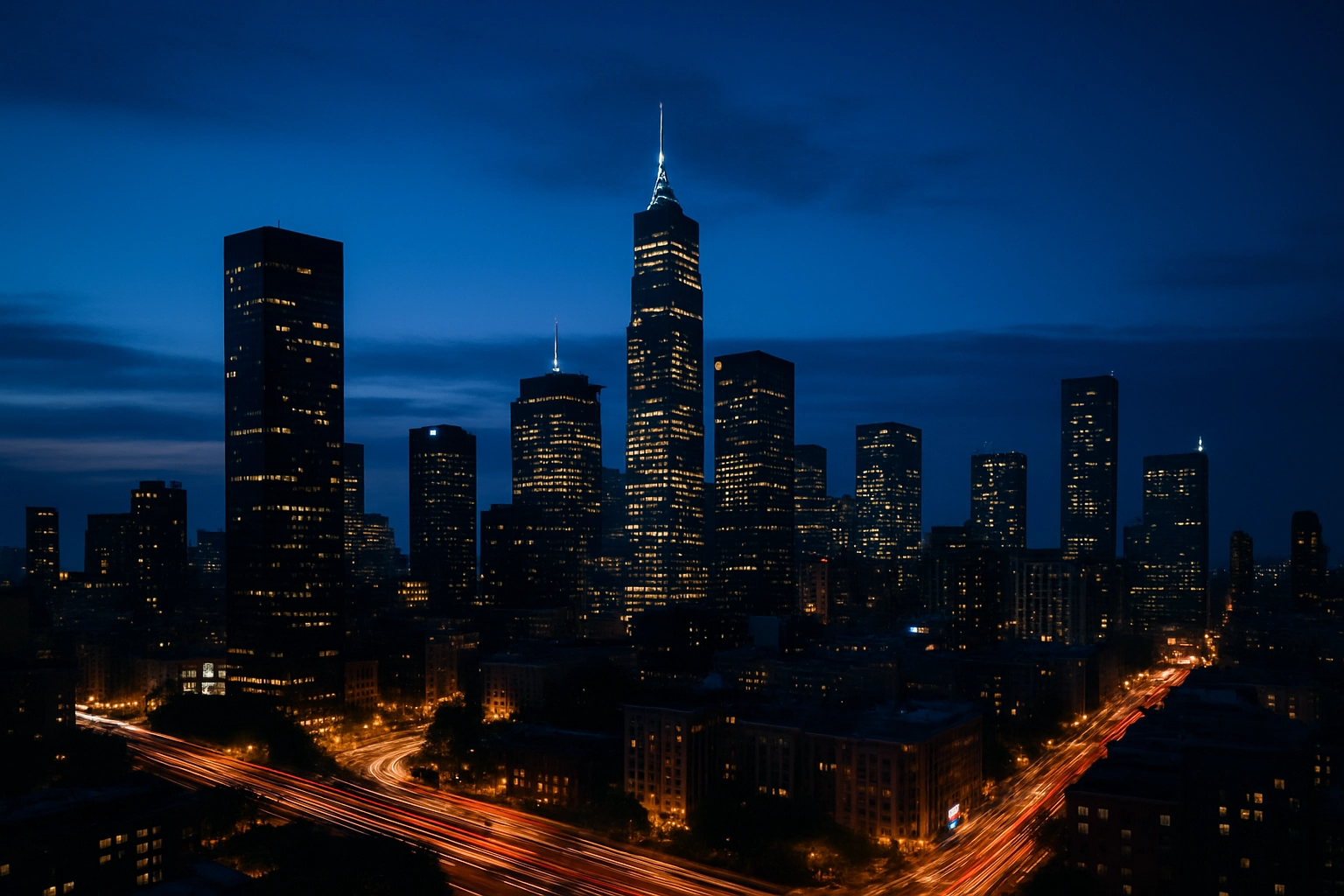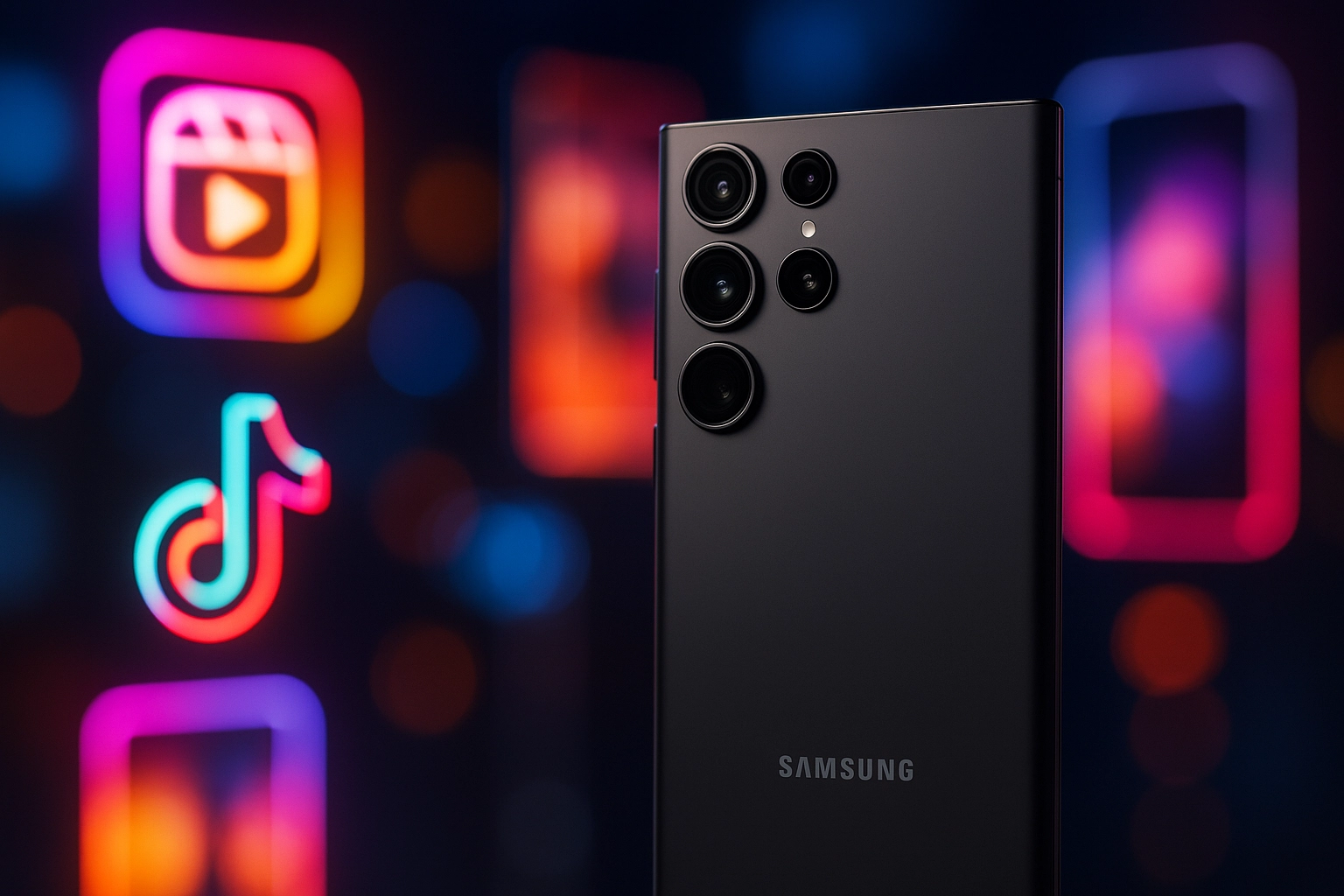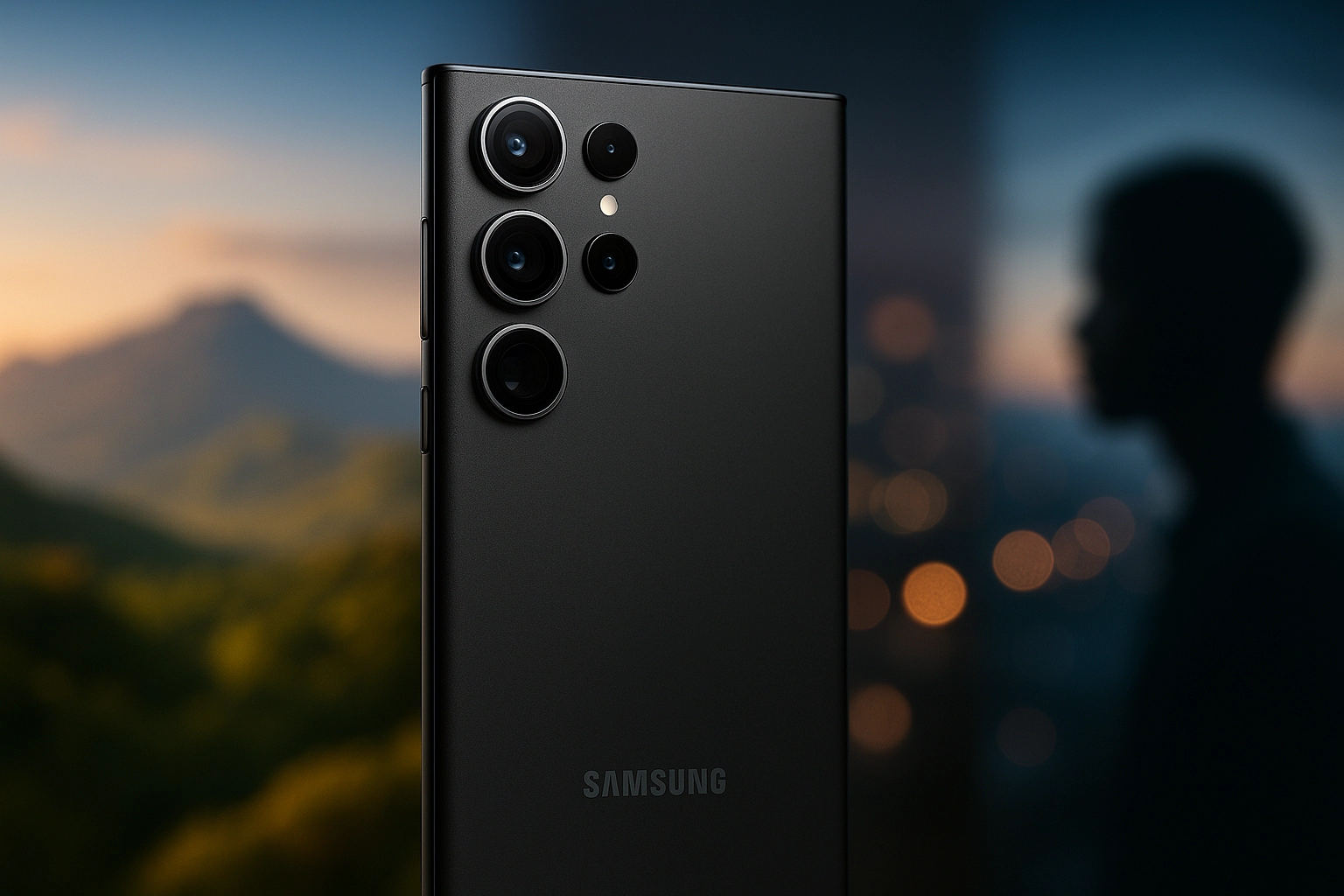Samsung Galaxy Nightography: Next-Level Astrophotography and Cityscapes
- From Brian Walker
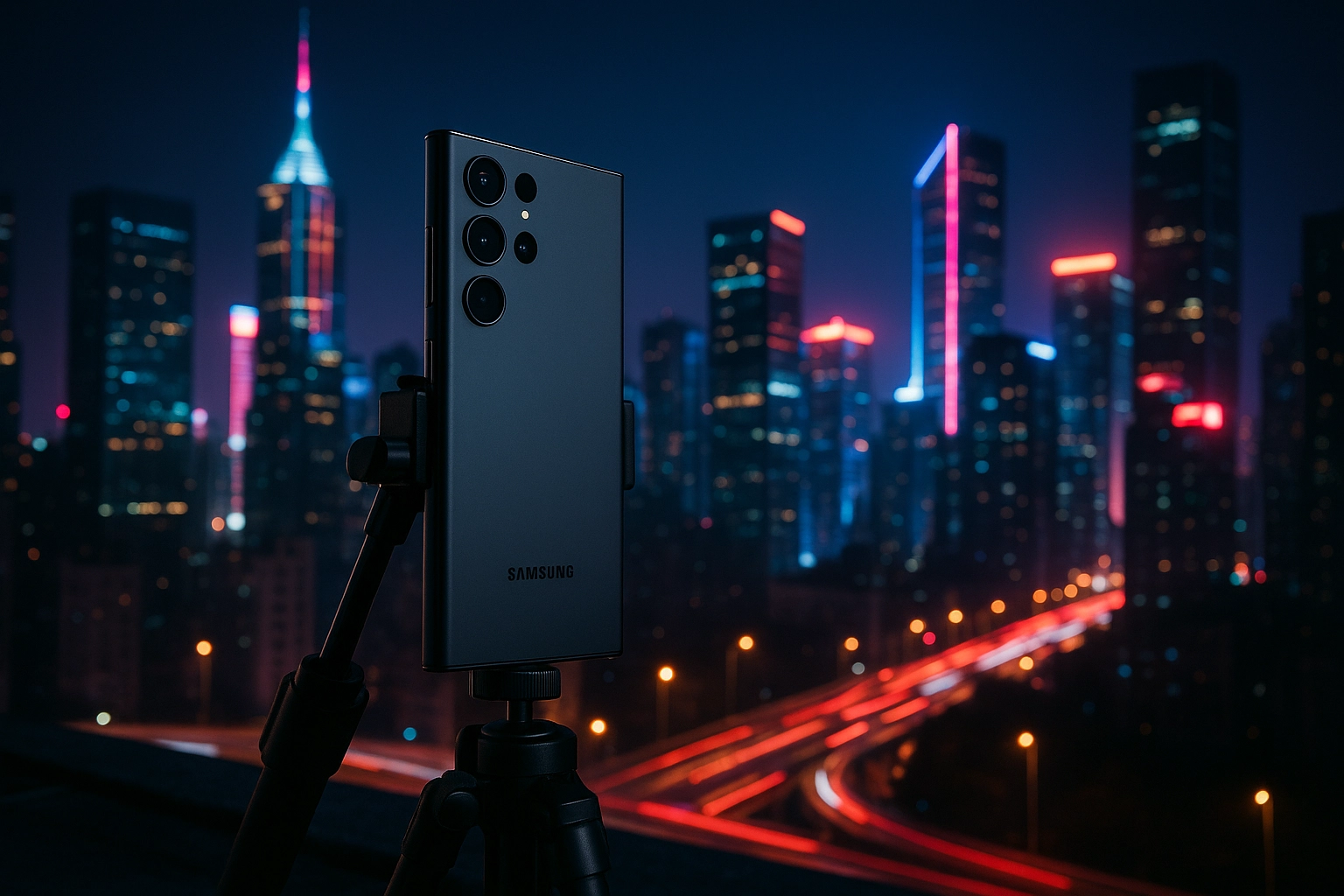
The Evolution of Nightography on Samsung Galaxy
Photography has always been about capturing light, but until recently, low-light environments were one of the greatest challenges for smartphone cameras. Early mobile devices struggled with grainy textures, blurred details, and washed-out colors whenever the sun went down. Professional photographers often needed expensive DSLRs, tripods, and long exposures to achieve clear night images. Samsung recognized this limitation and set out to change the way people capture moments after dark.
The introduction of Nightography marked a turning point for the Galaxy lineup. More than just a marketing term, Nightography represents a blend of advanced hardware — such as larger sensors and wider apertures — with AI-driven software that processes multiple frames simultaneously. This combination allows Samsung phones to collect more light, reduce noise, and deliver crisp details in settings where older devices would fail.
What makes Nightography so important for modern creators is its accessibility. Instead of carrying heavy equipment, anyone with a Galaxy device can now capture scenes that used to be reserved for professionals. Whether it’s glowing city skylines, night markets, or star-filled skies, Samsung gives users the confidence to shoot in conditions that once seemed impossible.
Key improvements that shaped Nightography over time include:
- Larger image sensors that gather more light in dark environments.
- AI multi-frame processing, combining several exposures into one balanced shot.
- Improved optical image stabilization (OIS) to reduce blur in handheld night shots.
- Specialized Night Mode and Pro Mode, offering flexibility for both beginners and experts.
By blending cutting-edge technology with user-friendly features, Samsung has transformed night photography from a technical challenge into a creative opportunity. For photographers and videographers, this evolution means that the night is no longer a limitation — it’s an open canvas.
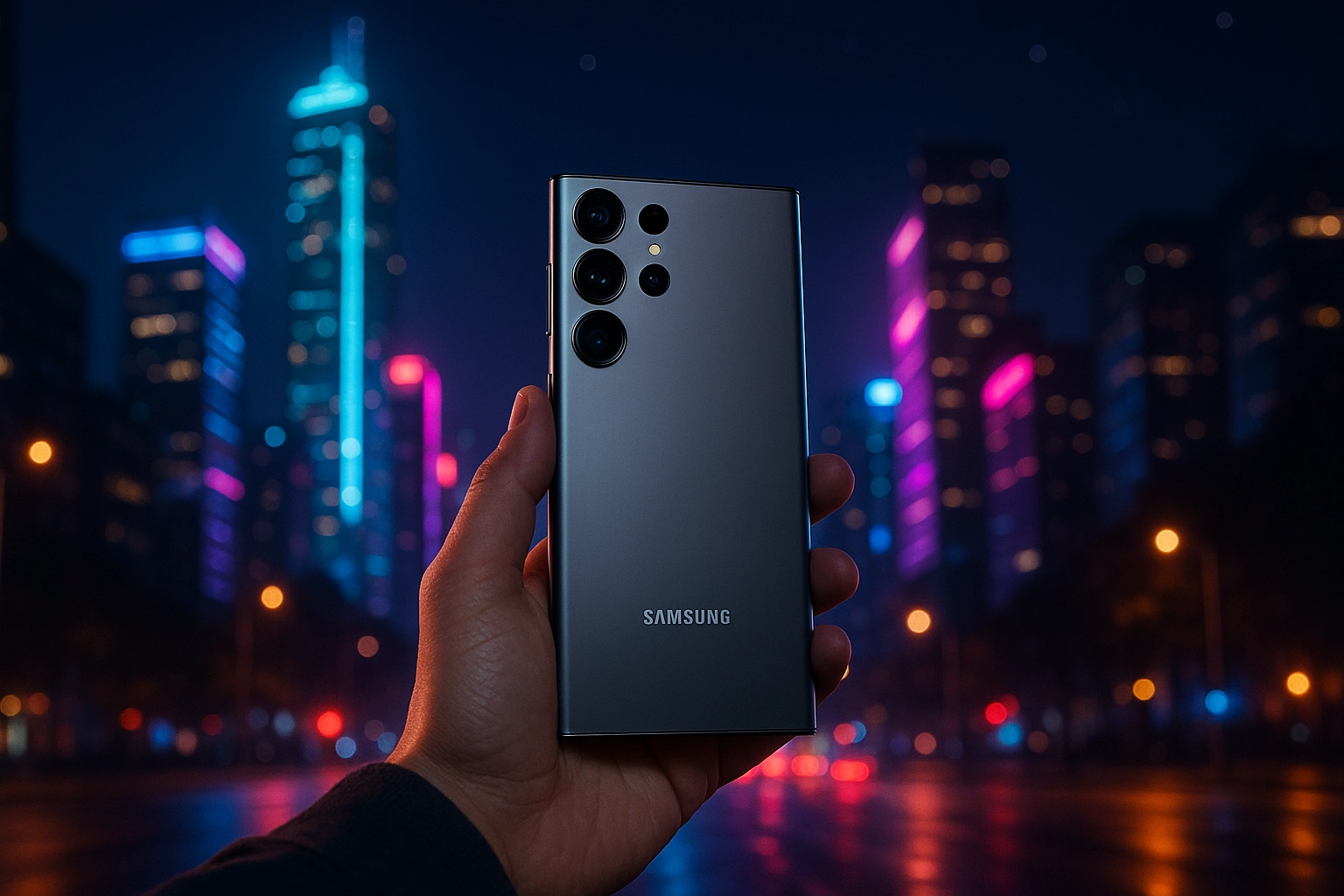
Astrophotography with Galaxy Devices
Astrophotography was once the domain of professional cameras mounted on tripods under perfectly dark skies. Today, Samsung Galaxy devices bring that experience closer to everyday creators by combining advanced Nightography technology with specialized modes designed for the stars. With the right approach, even a smartphone can reveal the Milky Way, constellations, and breathtaking night skies.
Samsung’s Night Mode is the simplest way to begin. It automatically extends exposure times and uses AI multi-frame processing to bring out faint stars and celestial details that the naked eye often misses. For those who want greater creative control, Pro Mode offers manual adjustments for ISO, shutter speed, and focus — essential tools when capturing starlight or experimenting with long exposures.
To achieve the best astrophotography results with your Galaxy phone, stability and preparation are key:
- Use a tripod or stable surface: Even slight hand movements can blur stars. A compact tripod makes a huge difference.
- Choose a dark location: Move away from city lights to reduce light pollution and capture clearer skies.
- Experiment with long exposures: Extending shutter speed allows the sensor to gather more light, making stars more visible.
- Adjust focus manually: Set focus to infinity in Pro Mode for sharp results.
Samsung also includes features like Hyperlapse with Night Mode, which can capture the slow movement of stars across the sky, adding a cinematic dimension to astrophotography. Combined with AI-powered noise reduction, the results are sharper, clearer, and more dramatic than ever before on a smartphone.
With the right settings and a little patience, Galaxy users can turn their devices into pocket observatories, capturing images that once required advanced astrophotography equipment.
Cityscapes After Dark
While astrophotography celebrates the natural beauty of the night sky, urban environments offer an entirely different canvas. Cityscapes after dark are alive with glowing skylines, neon lights, illuminated landmarks, and the constant motion of traffic. Capturing this energy requires balancing exposure, controlling artificial lighting, and highlighting the contrast between bright and shadowed areas. Samsung’s Nightography features are designed to handle exactly these challenges.
One of the greatest strengths of Galaxy devices in city photography is their ability to manage dynamic range. Skyscrapers outlined by glowing windows, brightly lit billboards, and moving headlights often create extreme contrasts. With Auto HDR and AI scene recognition, Samsung cameras adjust on the fly, ensuring that the highlights aren’t blown out while shadows retain detail.
For urban creators, here are a few practical approaches to mastering cityscapes at night:
- Capture motion trails: Use Pro Mode with longer exposures to turn passing cars into dynamic light streams across the frame.
- Frame reflections: Wet streets, glass buildings, or rivers can double the vibrancy of city lights when used creatively.
- Balance white balance: Artificial lights often cast orange or blue tones; adjusting color temperature in Pro Mode helps maintain natural-looking results.
- Use leading lines: Roads, bridges, and train tracks guide the viewer’s eye through the glowing city scene.
Samsung also enhances handheld urban shooting with optical and digital stabilization, allowing you to capture sharp shots without always needing a tripod. Combined with AI-driven noise reduction, even handheld night photos can look crisp, detailed, and professional.
Cityscapes after dark are more than photographs — they are visual stories of movement, culture, and architecture. With Samsung’s Nightography, users can document the pulse of a city in a way that feels immersive and cinematic.
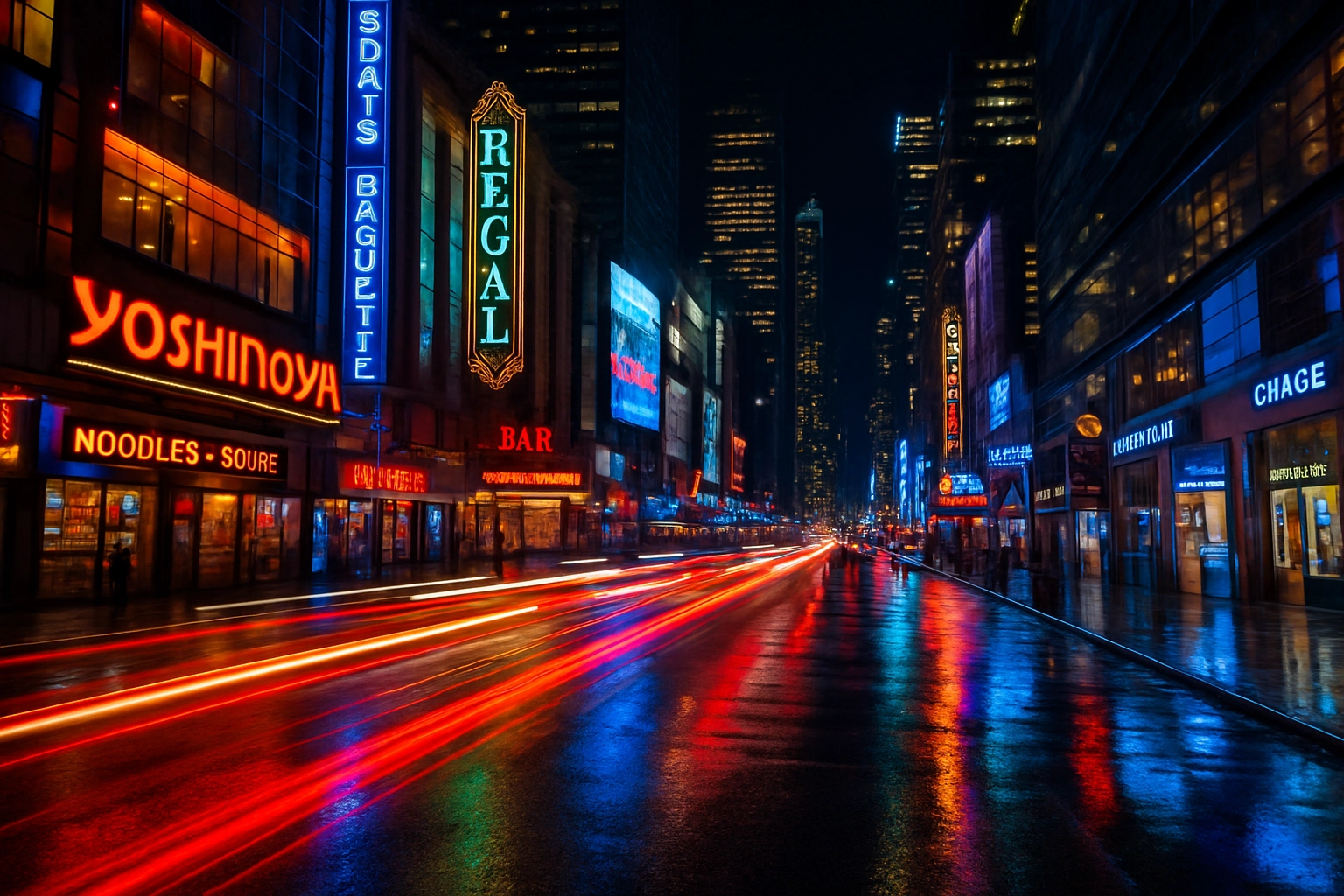
AI Enhancements in Night Shots
Behind every impressive night photo on a Samsung Galaxy device lies a sophisticated layer of artificial intelligence. While larger sensors and wider apertures gather light, it is AI that processes that information and turns it into a sharp, vibrant, and balanced image. This is where Samsung’s Nightography truly stands apart — by letting users capture professional-level results without needing to master complicated manual techniques.
One of the most powerful AI tools at play is multi-frame processing. Instead of taking a single photo, the camera quickly captures multiple frames at different exposures. AI then analyzes and merges these shots, selecting the clearest details, reducing motion blur, and balancing highlights and shadows. The result is a final image that looks far brighter and more detailed than what the human eye might perceive in the moment.
AI also plays a critical role in noise reduction, a common challenge in low-light environments. By identifying and removing grainy artifacts without sacrificing detail, Samsung ensures that night shots remain clean and natural, rather than overly smoothed or artificial.
Other AI-driven enhancements include:
- Improved color reproduction: Adjusting tones in real time to keep neon signs, streetlights, and starry skies looking vivid yet accurate.
- Edge sharpening: Enhancing details in architectural lines, building textures, and fine patterns that often get lost in low light.
- Adaptive stabilization: Reducing the effects of shaky hands during long exposures, especially in handheld cityscape shots.
These enhancements work seamlessly in the background, so users don’t need to think about the technical process. Instead, they can focus on framing their shots and telling their stories, confident that Samsung’s AI is filling in the gaps where traditional smartphone cameras would struggle.
By combining advanced hardware with intelligent software, Samsung has made nighttime photography not only possible but also enjoyable — transforming dimly lit environments into opportunities for creativity.
Practical Tips for Stunning Nightography
While Samsung’s Nightography features and AI tools provide powerful support, the photographer’s approach still makes a significant difference. With a few simple practices, you can take full advantage of the Galaxy’s capabilities and consistently capture night images that stand out.
One of the most important steps is to use supportive gear. A lightweight tripod or even a smartphone mount can dramatically improve stability, especially during long exposures or astrophotography sessions. For creators who prefer handheld shooting, taking advantage of Samsung’s optical image stabilization (OIS) and bracing against a solid surface can help reduce blur.
Equally important is understanding which camera settings best complement your vision. Night Mode works well for quick, reliable results, but Pro Mode offers room for experimentation. Lower ISO values can reduce noise, while adjusting shutter speed allows you to create effects like light trails or star movement. Don’t be afraid to experiment with manual focus, especially when shooting distant subjects like skylines or constellations.
When preparing photos for social media, consider the following tips:
- Crop for impact: Use Samsung’s smart cropping suggestions to emphasize key elements in your frame.
- Enhance selectively: Rely on AI-powered editing tools such as object eraser or background blur to refine without overprocessing.
- Play with formats: Vertical shots for Instagram Stories, wide panoramas for Facebook or web use, and cinematic 16:9 frames for video posts.
Finally, timing matters. Night photography doesn’t always mean shooting in complete darkness. The blue hour — the period just after sunset or before sunrise — often produces a balance of natural and artificial light that results in stunning, atmospheric images.
By combining Samsung’s Nightography innovations with thoughtful shooting techniques, photographers and videographers can unlock the full creative potential of the night. The result is more than just technically sharp images — it’s the ability to tell stories that come alive after dark.
